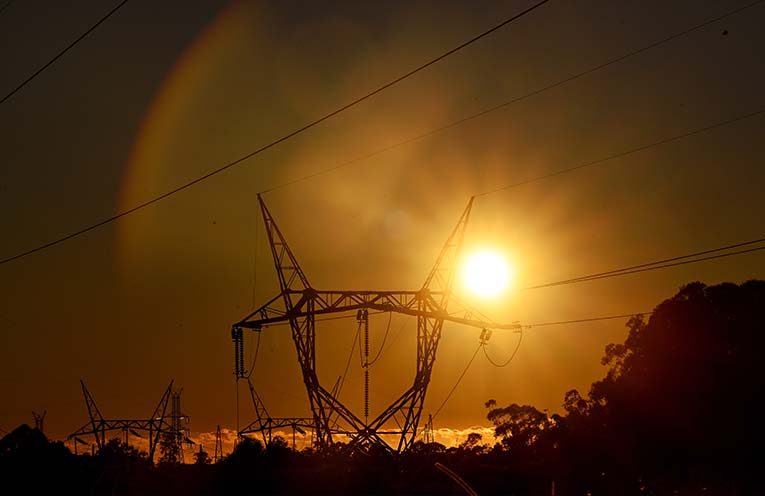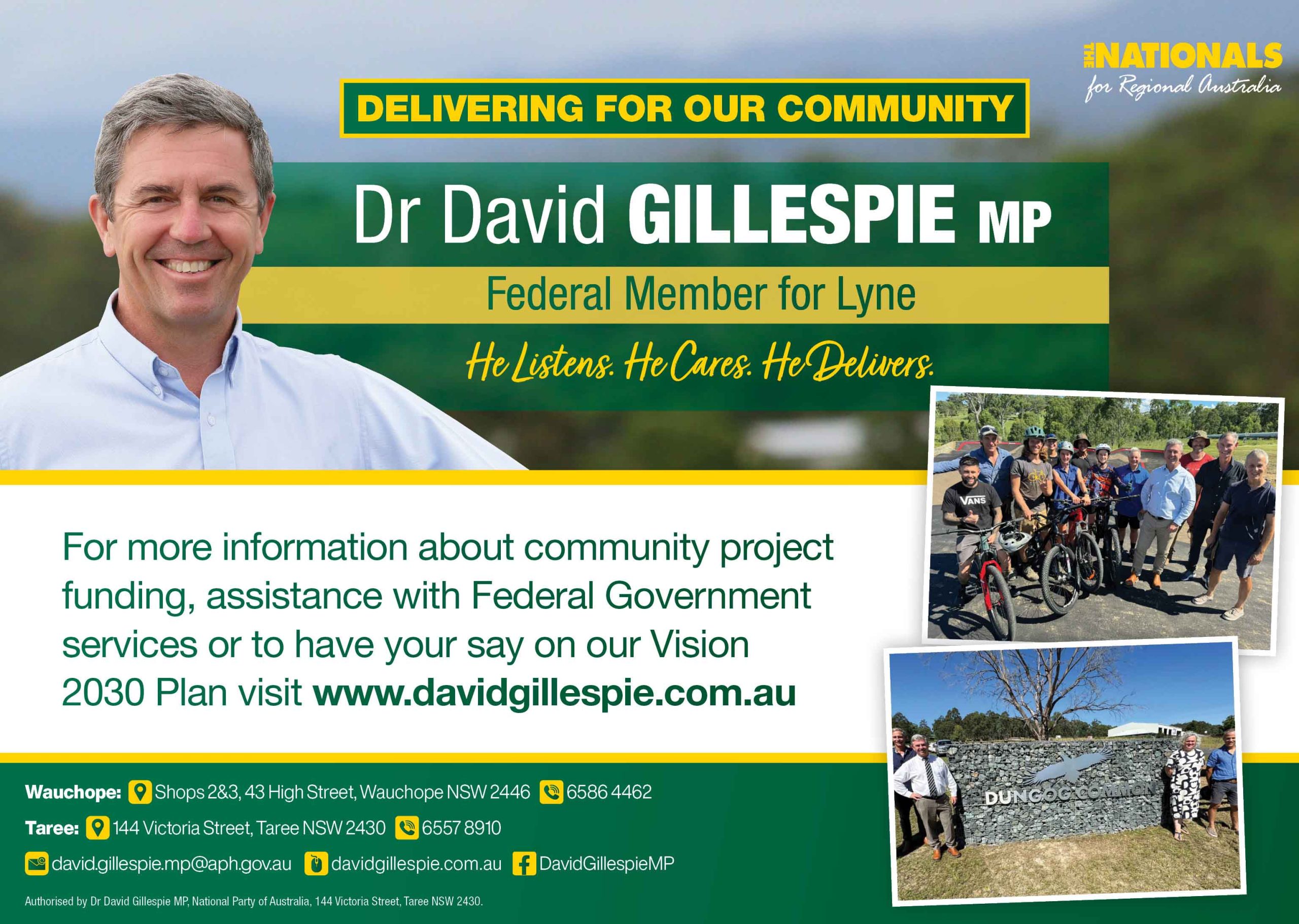
REPEALING nuclear bans and drafting new environmental, safety and technical guidelines are expected to blow the opposition’s nuclear timeline.
Australian Energy Regulator chair Clare Savage confirmed to a federal inquiry last Wednesday that Australia would be “looking at eight to 10 years for the regulatory framework itself”, not including the time it takes to build the first plant.
 Advertise with News of The Area today.
Advertise with News of The Area today.It’s worth it for your business.
Message us.
Phone us – (02) 4981 8882.
Email us – media@newsofthearea.com.au
Mrs Savage also warned the Senate committee that energy consumers face the risk of more price rises because of the electricity system’s exposure to volatile commodity markets and increasingly unreliable coal generators.
She said there had been more outages at coal-fired power stations in the past three months than in any other three-month period since October 2021.
Forward prices remained “stubbornly high” with coal plant owners less willing to commit to supply and others unwilling to take on the risk, she said, which flows through to the prices paid by homes and businesses.
Mrs Savage urged consumers to go to the official Energy Made Easy website to get a better deal, with the latest data showing a rise in the residential electricity customers using hardship programs.
Nationals senator Matt Canavan said it was a “huge gap and scandal” that the Australian Energy Market Operator could not model whether power prices would be lower in five years time as renewable energy takes over.
Giving evidence to the Senate inquiry into energy planning and regulation, AEMO chief executive Daniel Westerman said he “can’t guarantee” power bills will fall.
The latest system plan sets out the new generation, energy storage and transmission needed to achieve net zero by 2050, at a cost of $122 billion, not including the costs of building new poles and wires.
“We work to the national electricity objectives designed to promote the efficient investment and operation of energy services in the long-term interests of consumers,” Mr Westerman said.
The plan for the development of the power system is required to deliver reliability and security and reflects government policy settings, including emissions reduction targets.
AEMO’s executive general manage for system design Merryn York said they follow a “least-cost” pathway under the market-based system, which “should deliver the lowest price”.
In April, the nation’s energy ministers agreed to expand the approach to include demand forecasting for consumer energy resources such as rooftop solar and electric vehicles, as well as the interactions between electricity and gas.
“The pathway that Australia is on is a very common one,” Mr Westerman said.
More recently, governments have requested AEMO take on new functions to further support the energy transition, he said, including the capacity investment scheme designed to boost renewable sources by 2030.
But energy giants have called for reforms to how the national electricity market operates beyond 2030, by which time it should be operating with 82 percent renewables under existing targets.
Leading in opinion polls ahead of the 2025 federal election, the opposition plans to roll out seven nuclear reactors to replace ageing coal-fired power plants.
Coalition leader Peter Dutton says the first nuclear plants could be operational by 2035 to 2037, with coal-fired power kept running for longer to plug the generation gap.
By Marion Rae RAE, AAP
